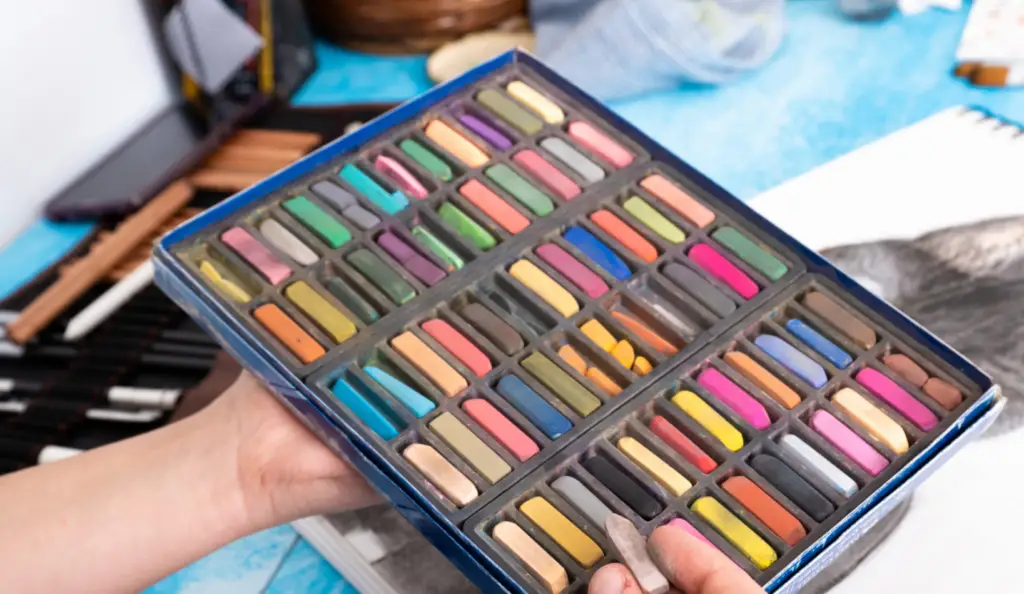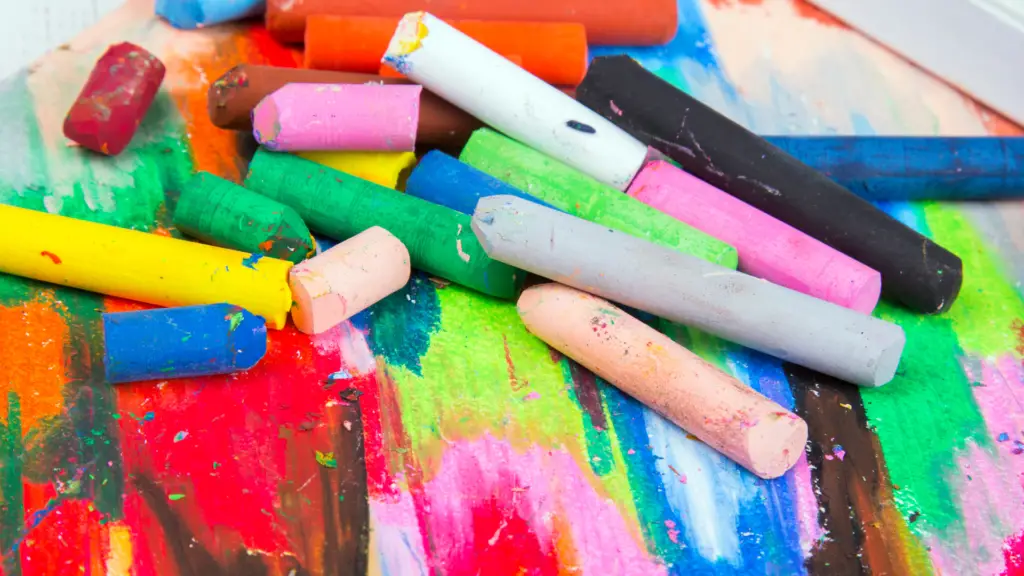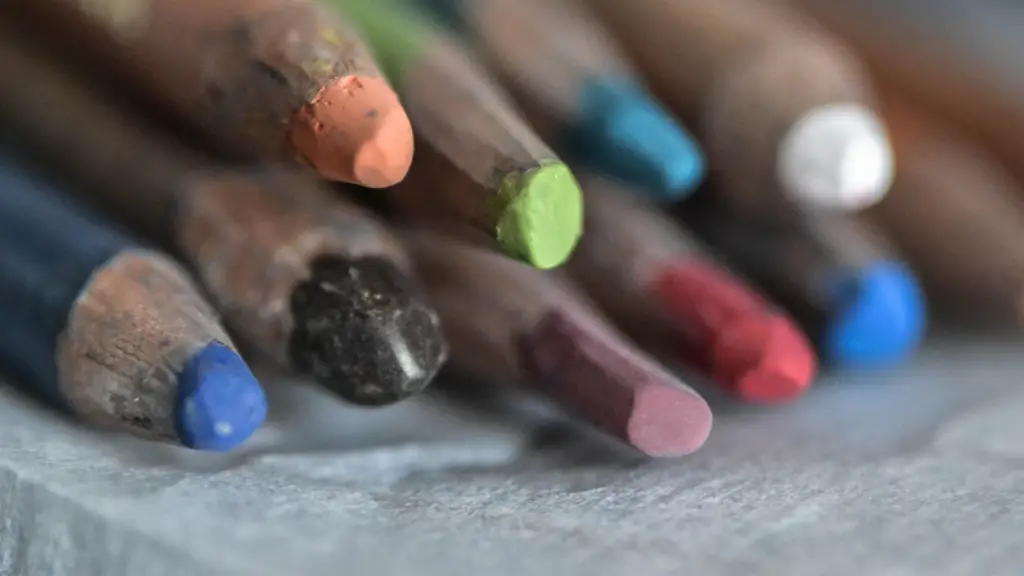How to start Pastel Drawing for Beginners
Diving into pastel drawing is a fun and imaginative path to let your feelings out. Here are some easy steps to kickstart your pastel adventure:
Gather Your Tools: First, get all the stuff you need. You’ll want colorful pastels, special paper, a blending tool (like your fingers or a stump), and a spray (if you want).
Pick Your Picture: Choose what you want to draw. It could be a nature scene, a face, objects, or even something you make up. Begin with something easy to practice.
TYPES OF PASTELS
There are several types of pastels, each with its own unique characteristics and uses. Here are the main types:
Soft Pastels: These are very popular. They have lots of color and can be mixed easily. They feel soft and smooth.

Hard Pastels: These are a bit tougher and not as powdery. They’re good for making fine lines and small details.
Pan Pastels: These look like small cakes. You use special sponges to put them on. They are smooth and can be mixed well. They’re good for doing detailed work.
Oil Pastels: These are soft and easy to mix. Oil pastels are made using a non-drying oil and wax binder. They have very bright colors.

Pastel Pencils: These are like pastels but in a pencil shape. They give you more control for detailed work and making fine lines.

Sketch the Outline: Choose your pastels & lightly draw the main shapes with a pencil or a pastel stick that matches your colors.
Blend Colors Gently: Begin with soft, light hues and slowly layer on deeper shades. Pastels create depth by overlaying colors. Use your fingers or a tool to blend them harmoniously. Keep in mind, adding is simpler than removing.
Explore Diverse Techniques: Play around with various approaches, such as crafting minuscule dots or softly stroking for unique textures.
Consider Light and Shadow: Observe attentively the areas with bright light and those cast in shadow. This interplay, known as “value,” imparts a three-dimensional effect to your drawing.
Embrace Patience and Pause: Avoid hurrying. Take moments to look at your artwork and add colors thoughtfully.
Spray : To safeguard your creation from smudges, consider using a protective spray.
Improvement comes with practice. Embrace imperfections in your initial attempts. Each drawing is a step toward mastery.
